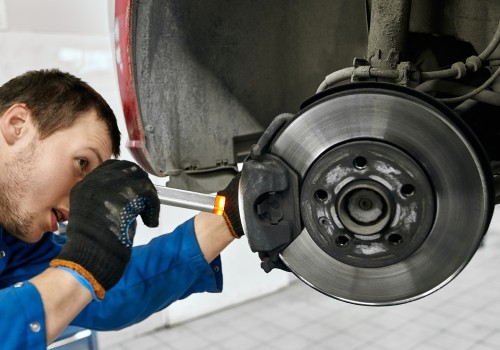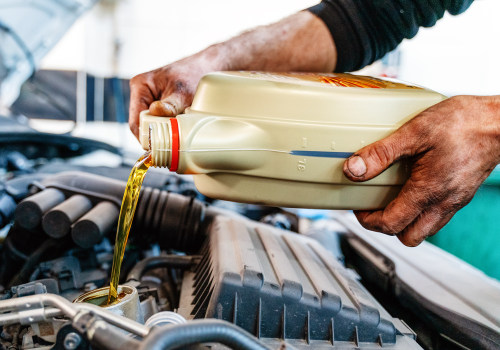Car repairs can be intimidating for many drivers. Replacing parts on your vehicle can seem like a daunting task, but with the right knowledge and tools, it doesn't have to be. In this comprehensive guide, we will cover all the steps you need to take when replacing parts on your car or truck. From understanding the part you need, to finding the best race car auto transport services and materials for the job, this guide will provide all the information you need to make sure your repair job is done right. Read on to learn more about how to replace parts on your car. Having to replace parts in your car can be a daunting task, but it doesn't have to be.
With the right tools and a little bit of knowledge, anyone can learn how to replace parts on their car. This article will walk you through the process step-by-step and provide tips for successful repairs. Whether you're looking to replace a worn-out part or upgrade a component, this guide will help you get the job done right. The first step in replacing a part in your car is to identify the part you need. This can be done by looking up the part number in your vehicle's manual or by searching online for the specific part.
Once you've identified the right part, you can purchase it online or from an auto parts store. Once you have the new part, it's time to gather the necessary tools for installation. Depending on the type of part you're replacing, you'll need different tools, such as wrenches, pliers, screwdrivers, and socket sets. Make sure you have the right tools before starting the repair job. Now that you have all the necessary tools, it's time to disassemble the part that needs to be replaced. Start by removing any screws or bolts that are holding the part in place.
Then, carefully take apart the part piece by piece. If you're unsure of what needs to be done, consult your vehicle's manual or check online for instructions. Now that you've disassembled the old part, it's time to install the new one. Start by attaching any screws or bolts that are required for installation. Then, make sure that all connections are secure and that nothing is loose or missing.
Once everything is properly connected, your new part should be ready to use. Once you've installed the new part, it's important to test it out before putting it back together. Start by running a few tests on the part to make sure it works properly and that there are no issues. If everything checks out, then you're ready to put it back together and enjoy your new part!Finally, once you've tested the part and confirmed that it works properly, it's time to put everything back together. Start by reassembling all of the pieces of the part and making sure they fit snugly in place.
Then, attach any screws or bolts that were removed during disassembly and make sure everything is secure.







